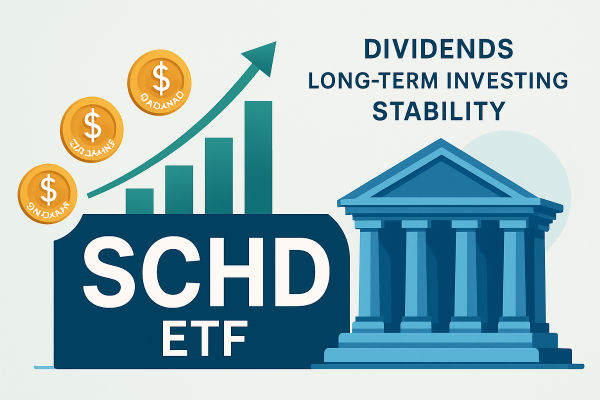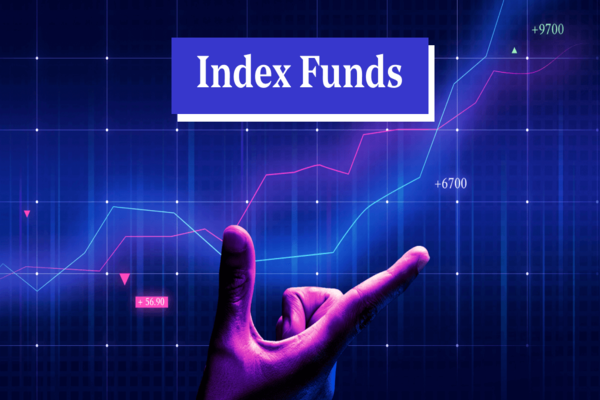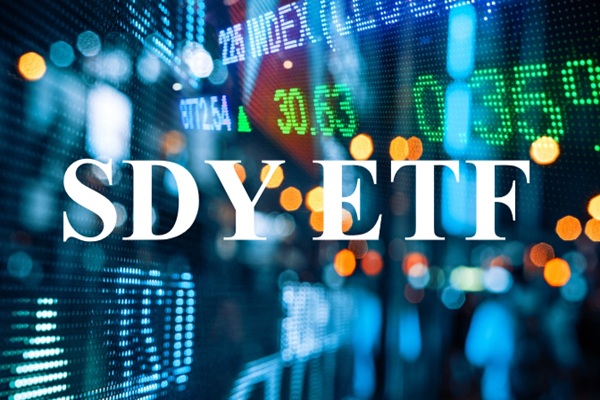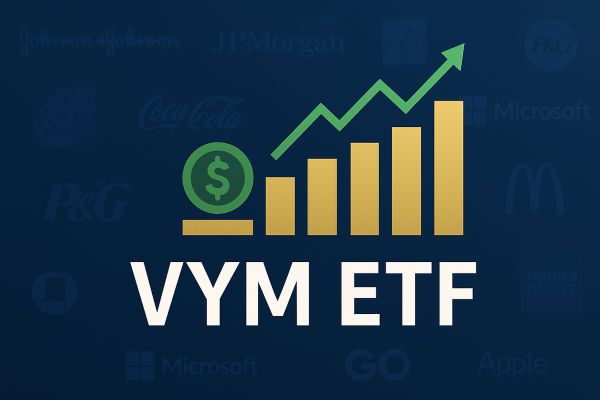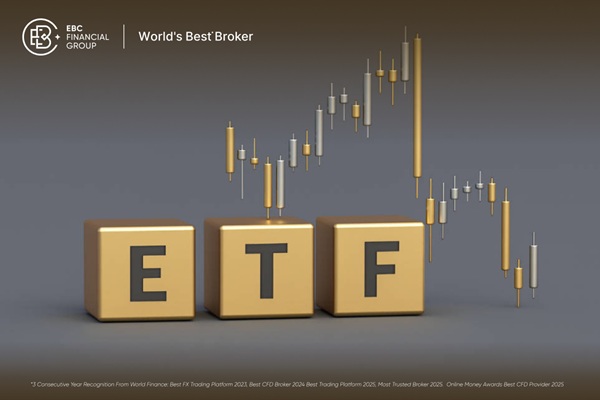Retirement planning often centres on balancing income, growth, and safety. The Schwab U.S. Dividend Equity ETF (SCHD) has become a popular favourite among retirees seeking reliable passive income.
With a growing portfolio, stable dividends, and low fees, SCHD offers compelling benefits, but also carries certain risks.
In this article, we dive deep into the latest data, performance, and strategic fit for SCHD in a retiree's portfolio.
What Is SCHD ETF?
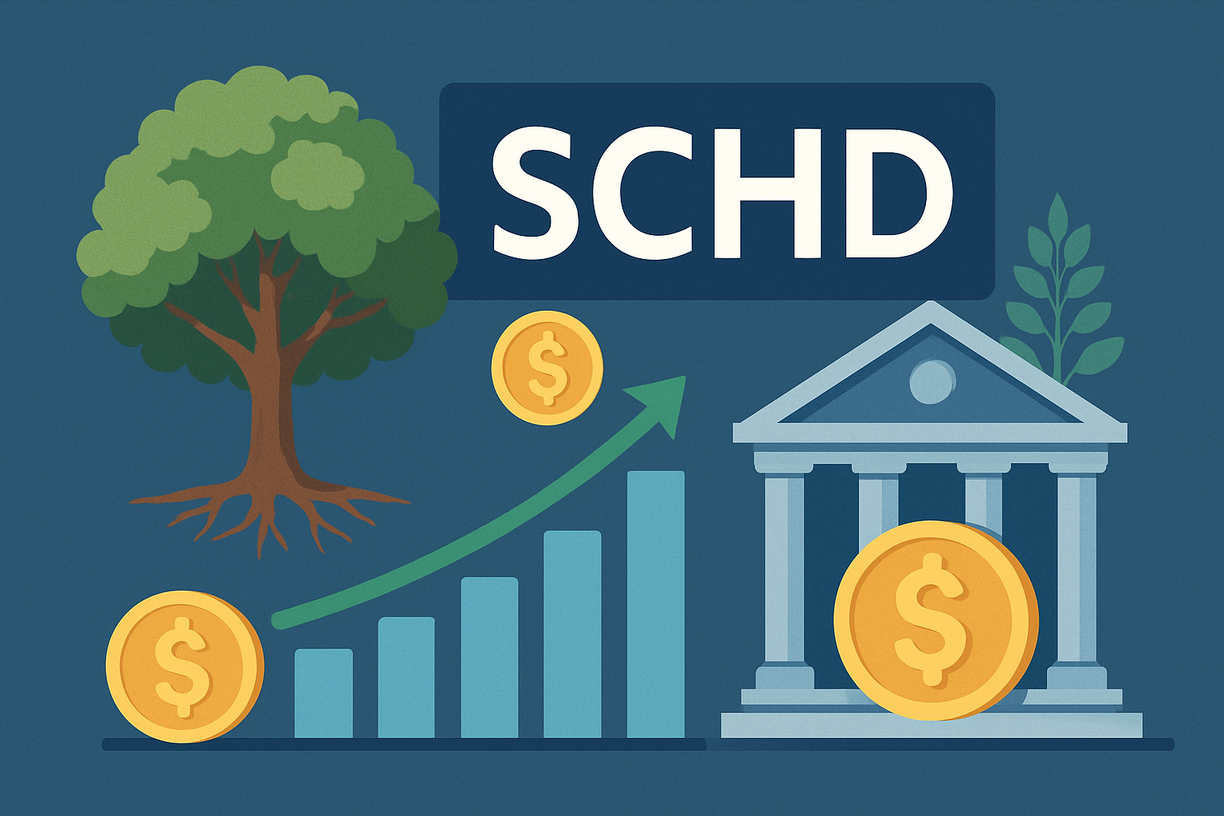
Launched in October 2011, SCHD ETF aims to track the performance of the Dow Jones U.S. Dividend 100 Index, which includes 100 high-quality U.S. stocks with consistent dividend payments and strong financials.
Its primary objective is to provide:
Exposure to sustainable, high-yield dividend stocks
Capital appreciation through quality companies
Low-cost, diversified access to U.S. equity income
Additionally, SCHD focuses on companies with at least 10 years of consistent dividend payments and strong fundamentals, such as return on equity and cash flow.
SCHD ETF Key Features
SCHD stands out for its investor-friendly features, starting with an ultra-low expense ratio of just 0.06%, which helps maximise returns by minimising fees. With approximately $70 billion in assets under management, it ranks among the largest dividend-focused ETFs on the market, reflecting its popularity and broad appeal.
As of mid-2025, SCHD offers a trailing 12-month dividend yield of around 3.8% to 3.9%, significantly outpacing the S&P 500's average yield of roughly 1.2%, making it a strong choice for income-seeking investors.
Moreover, the ETF holds a concentrated portfolio of 100 high-quality, dividend-paying companies with strong cash flows. Notable holdings include industry leaders such as Texas Instruments, Chevron, and PepsiCo, each around 4% of the total portfolio.
SCHD maintains a moderate turnover rate of approximately 31% annually, striking a balance between portfolio stability and the flexibility to adapt to changing market conditions.
SCHD Performance Snapshot

1) Income and Total Return
Total Return:
These returns outperform many bond funds while offering dividend income.
2) Volatility and Risk
Beta: ~0.8 vs. S&P 500 with less volatility.
Standard Deviation: 15.2% over 3 years, moderate, with less drawdown than broader equity indices.
Thus, SCHD is more stable than the S&P 500, making it attractive for retirees who are cautious about risk.
Why Retirees Should Prioritise Dividend Income
In retirement, the focus shifts from aggressive growth to steady cash flow, capital preservation, and minimal risk. Dividend-focused ETFs like SCHD offer:
Reliable income without selling shares
Partial hedge against inflation
Diversification across sectors
Potential for long-term capital growth
These attributes align well with the goals of many retirees, especially in low-interest-rate or volatile environments.
SCHD ETF vs Other Dividend ETFs
| ETF |
Dividend Yield |
Expense Ratio |
Focus |
| SCHD |
~3.8% |
0.06% |
Quality U.S. dividend stocks |
| VYM |
~3.2% |
0.06% |
Broad high-yield market |
| DGRO |
~2.5% |
0.08% |
Dividend growth stocks |
| NOBL |
~2.2% |
0.35% |
Dividend Aristocrats (25+ years growth) |
While VYM and DGRO offer excellent diversification, SCHD has the advantage of yield, quality and low fees, making it more efficient for income-focused retirees. NOBL, while a great choice, has higher costs and a narrower focus.
Risks and Considerations for Retirees
1. Income Dependence
For retirees relying entirely on distributions, SCHD's 3.8% yield might not be adequate due to increasing living expenses or insufficient safe reserves.
2. Market Volatility
Equity drawdowns are unavoidable. SCHD experiences lower volatility compared to indices such as the S&P 500, yet it is not completely shielded; holding diversified bonds and cash might still be essential.
3. Sector Risk
Intense energy exposure makes oil prices susceptible to fluctuations and economic cycles.
4. Tax Complexity
Qualified dividends offer benefits, but investors need to monitor holding durations and investment placement (taxable versus retirement accounts).
Is SCHD Right for Retirees? Expert Opinions
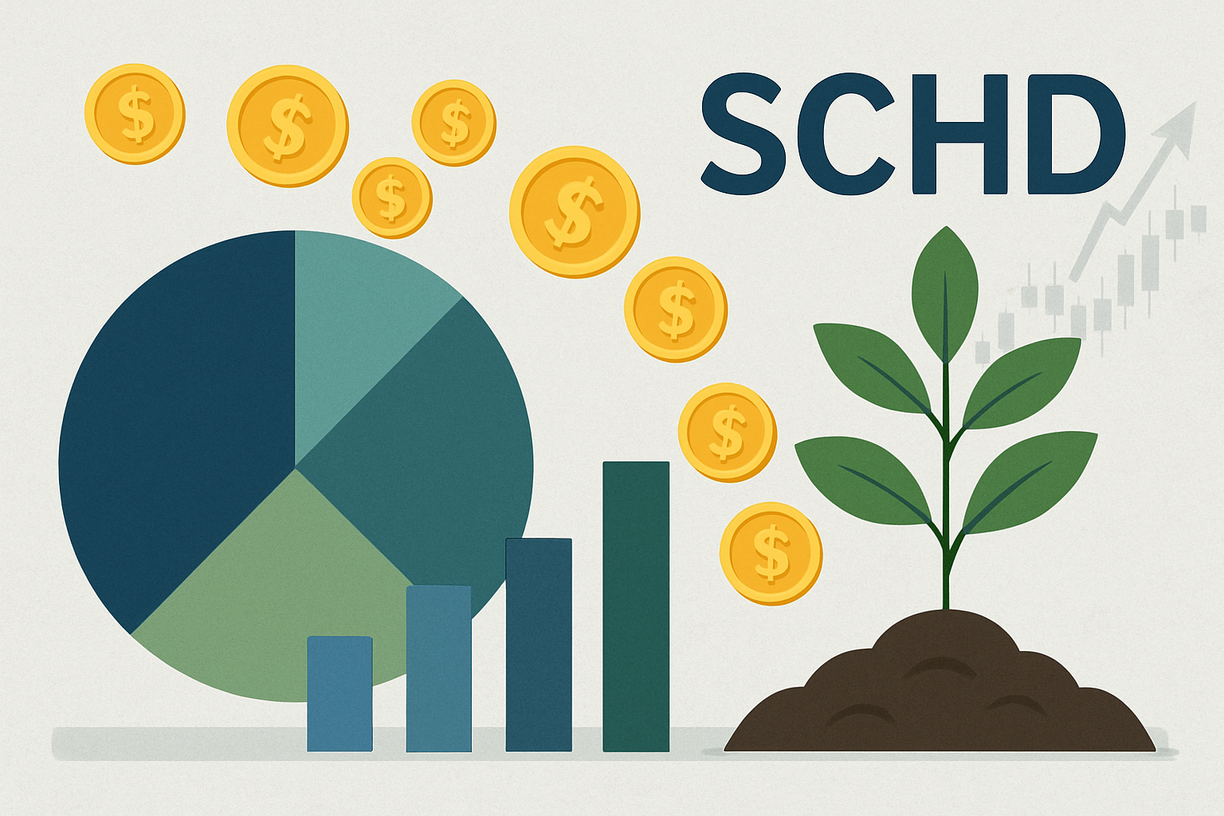
Many financial advisors view SCHD as an ideal "set-and-forget" ETF. Its combination of quality screening, yield, and affordability aligns with modern retirement planning strategies.
Reasons to Invest:
High, reliable income (~3.8–3.9%) vs.Treasury (~4.4%)
Low costs (0.06% expense ratio)
Stable income and quality holdings, vetted by dividend growth criteria
Less volatility compared to broader equities
Reasons to Be Cautious:
Sector concentration increases cyclical risk
May be insufficient alone—diversification with bonds remains important
Volatility can still impair principal during bear markets
Strategies to Incorporate SCHD ETF into Your Portfolio
Core income allocation: Position SCHD as the equity income driver in a 40–60% equity share.
Explore bond counterparts: Pair with bond ETF (e.g., BND, AGG) for income & stability.
Tax-smart investing: Hold SCHD in taxable accounts to benefit from qualified dividend rates.
Adjust withdrawal rates: Plan withdrawals below yield using a 3–3.5% sustainable rate guide.
Should You Invest in SCHD ETF Now?
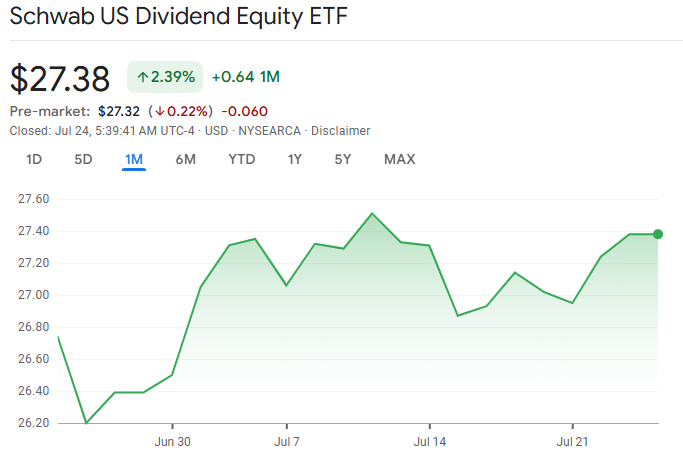
As of 2025, SCHD ETF continues to be relevant in an environment where:
Dividend-paying companies are experiencing renewed interest, especially in healthcare, energy, and consumer staples. SCHD's methodology favours companies with long-term durability and consistent shareholder returns.
Even in uncertain markets, SCHD provides clarity and confidence for income-minded investors.
Conclusion
In conclusion, SCHD ETF stands out as a compelling passive income solution for retirees, offering a rare blend of yield, quality, low cost, and stability. With a strong track record, industry acclaim, and an attractive yield of around 3.8–3.9%, it's an excellent core holding.
However, retirees should incorporate SCHD within a diversified income-focused portfolio that includes bonds, manage sector exposure, and align withdrawal rates with yield to ensure longevity.
Disclaimer: This material is for general information purposes only and is not intended as (and should not be considered to be) financial, investment or other advice on which reliance should be placed. No opinion given in the material constitutes a recommendation by EBC or the author that any particular investment, security, transaction or investment strategy is suitable for any specific person.
